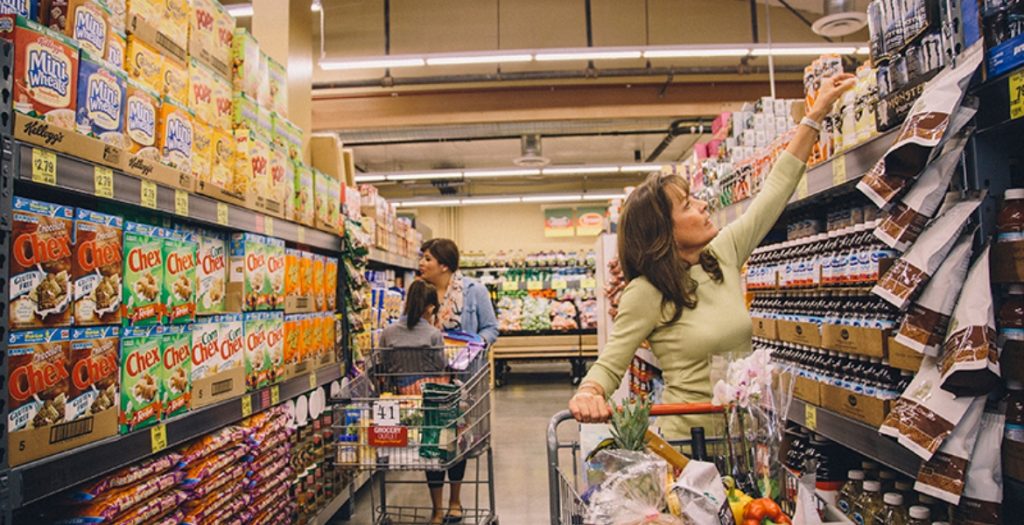What Is Food Fraud And Why You’re Likely A Victim Of It
Food fraud is the process of substituting or diluting an ingredient inside a product and passing it off as the real thing, olive oil is one product in particular that is plagued by this practice.
This article is more than 2 years old

Most Americans are being defrauded every time they walk out of a grocery store or supermarket if they have purchased more than 10 items. The statistics say that at least one of those items is not exactly what the label claims it is having been diluted or substituted with a cheaper but similar ingredient or misleading you on an animal’s place of origin. Food fraud is estimated to consist of about 1% of the global food chain at a cost of about 40 billion dollars annually, and we are all victims of this illicit activity.
The Food and Drug Administration is tasked with ensuring that all food that is sold and distributed in our country is safe for consumers. They have said that they couldn’t even estimate how often fraud occurs or what its economic impacts could be in our nation. That is a scary thought on its own that the administration that oversees our food chain can’t even guess how often this type of food fraud occurs.
In a CNBC interview, Larry Olmsted who authored the book Real Food/Fake Food says, “I guarantee you any time a product can be passed off as something more expensive, it will be. It’s that simple.” In fact, between the years 2012 and 2021 one of the most common types of food fraud was dilution or substitution which was identified in 16% of all the food fraud cases that were uncovered. An example of this type of food fraud in a market that has been rife with these kinds of substitutions for centuries is the Olive Oil market which will take a cheaper oil and mix it in with a more expensive type of olive oil with some added food covering and then be sold for a higher dollar amount claiming it is 100% virgin olive oil.
If you are a connoisseur of a particular product and can easily tell the difference between different variations of a certain product, then you would easily detect the imposter and expose it. However, 95% of food consumers do not have that level of expertise in any food product and are highly susceptible to food fraud of this nature. CNBC quotes John Spink, director of the Food Fraud Prevention Think Tank as saying, “If I drink scotch, I couldn’t tell you [the] difference between a $50 bottle and a $5,000 bottle. So, I know I could be deceived at that point.”
The Food Fraud Prevention Think Tank suggests asking yourself 5 questions when purchasing a product to help you avoid being a victim of food fraud.
- What type of product is it? Take extra caution with any product that you put on your body, or ingest.
- Can you recognize the difference between products?
- Do you know the retailer or supplier? Do you trust them?
- Are you shopping online? If so, did you find the online supplier from a reliable source?
- Complain. Is the supplier legitimate? If so, they will want to know.
Not only does food fraud impact the bottom line of the prices that we all pay at the grocery store since the food moves through so many different people’s hands during its journey through the supply chain it is extremely hard to detect where the fraud originates from. There are safety concerns when fraudsters use substitutes that may not be healthy for humans to ingest. We have all been victims of food fraud, and it contributes to millions of food poisoning cases reported every year when they are unsure of the source of which food has caused the illness.



